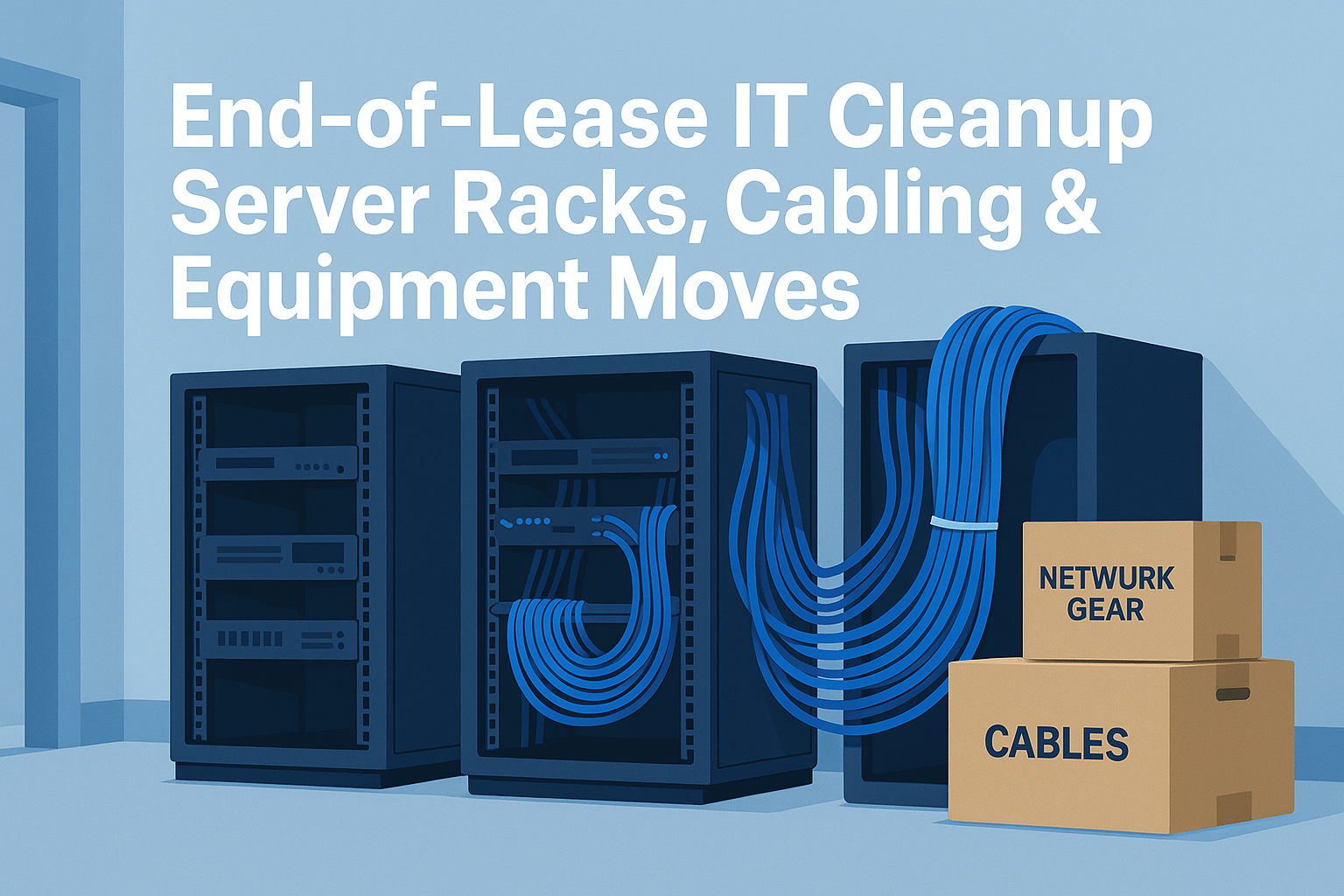In today's digital age, a reliable and scalable network infrastructure is crucial for both businesses and homes. At the heart of this infrastructure lies structured cabling, a standardized approach to cabling that ensures optimal performance and ease of maintenance. In this blog post, we will explore why structured cabling is essential and the numerous benefits it offers.
Structured cabling refers to a standardized cabling system designed to support multiple hardware uses and be adaptable to future changes. Unlike point-to-point cabling, where each device is connected directly to another, structured cabling uses a series of patch panels and trunks to create a network. This systematic approach includes:
The key difference between structured and point-to-point cabling lies in organization and scalability. Structured cabling is designed for flexibility and growth, allowing for easier management and fewer disruptions when changes are needed.

For businesses, structured cabling offers significant advantages:
Many businesses have successfully implemented structured cabling to streamline their operations. For example, a large corporation might use structured cabling to integrate their voice, data, and video services, resulting in a more efficient and manageable network.
Homeowners can also reap the benefits of structured cabling:
Investing in structured cabling can lead to significant long-term cost savings. Although the initial setup may be higher, the reduced maintenance costs and increased lifespan of the network infrastructure make it a wise financial decision. Fewer disruptions and quicker repairs also mean less downtime, which can save businesses a substantial amount of money.

Structured cabling is a critical component of modern network infrastructure, offering numerous benefits such as improved performance, easier maintenance, and long-term cost savings. Whether for a bustling business environment or a tech-savvy home, structured cabling provides a reliable, scalable solution that can adapt to future needs. Consider investing in structured cabling to ensure a robust and efficient network that will serve you well for years to come.


